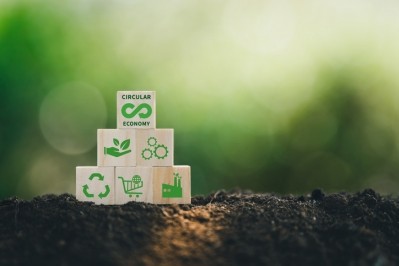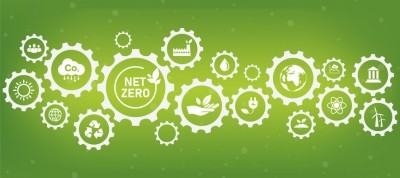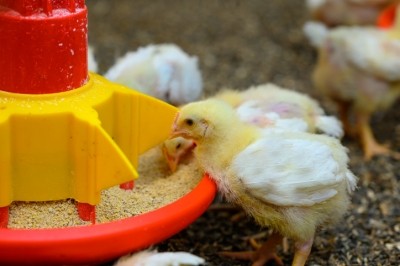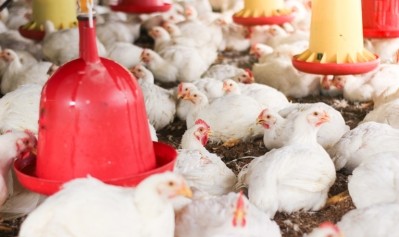EU pig and poultry farmers one step closer to having access again to processed animal proteins
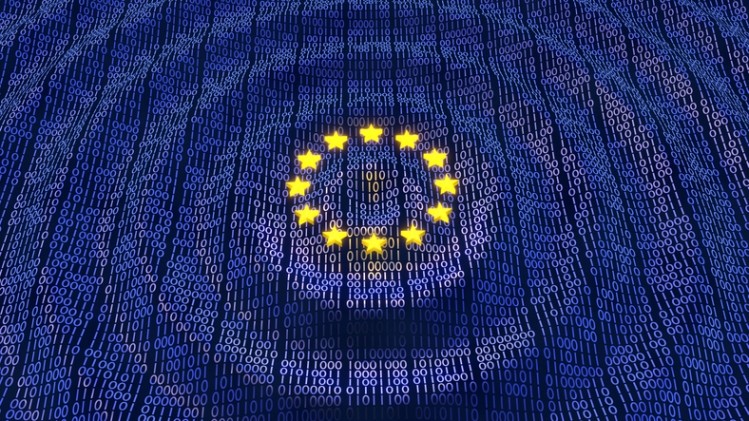
EU member state representatives in the SCoPAFF backed the draft Commission Regulation amending Annex IV to Regulation (EC) No 999/2001 - also known as the BSE regulation - that would lift the ban on using pig PAPs in poultry feed, poultry PAPs in pig feed, insect PAPs in pig and poultry feed, and ruminant collagen/gelatin in non-ruminant feed.
The regulation was adopted by 25 votes in favor and two abstentions [France and Ireland].
So it now moves on to the scrutiny stage.
As this Commission regulation follows the procedure of comitology with scrutiny, there will not be a vote in the EU Parliament. Instead the Parliament and the Council of the EU will have three months (with the possibility of one-month extension) to scrutinize the text. If there is no objection, the text will be published in the Official Journal of the EU, before entering into force.
Farmers welcome protein source
Bruno Menene, Copa and Cogeca policy advisor, told us: “In general, Copa and Cogeca strongly welcome the Commission’s draft regulation. We view this as way to boost the circular economy in line with the Farm to Fork and EU Green Deal strategies and also as a way to help increase EU's self-sufficiency in feed protein supplies.”
There has been a ban on the use of PAPs in animal diets in the EU since 2001, following the BSE crisis. The ban was lifted on the use of such proteins in fish feed in 2013.
"Many pig and poultry farmers are looking forward to having access again to [pig and poultry derived] proteins, which are really interesting from a nutritional point of view as PAPs constitute an important source of phosphorus-rich and highly digestible proteins.
“Nevertheless, the strict rules established to avoid cases of cross-contamination, such as dedicated single-species feed production facilities, and the issues with the analytical tools to control their enforcement, means that the investment for the production of those PAPs might be complicated at first and thus their development might take some time,” Menene added.
The regulation requires that only feed for species for which the use of poultry PAPs is permitted can be produced on the same site and vice versa for pig PAPs. And FEFAC says the number of feed mills that are 100% dedicated to pig feed or to poultry feed is extremely low.
Martin Alm, technical director of the European Fat Processors and Renderers Association (EFPRA), the trade group that supports PAP raw material suppliers, acknowledged that it will be somewhat of a slow process in terms of feed manufacturers adapting their facilities to enable formulation with these raw materials. Opening up of the EU market won’t happen overnight, he said.
Also Alm reckons there needs to be greater awareness raising around the nutritional value of PAPs as they have been so long out of circulation in terms of feed ingredients for use in formulations in Europe. “We have to educate the feed mills, give them an overview of our product, make them aware of it again.”
Role of retailers, consumers
The big question is whether retailers, or more importantly consumers, will accept such developments. Many European supermarket chains have had a de facto ban in place on the use of such protein raw materials in feed for fish sold on their shelves.
“If the retailers really want to get behind truly sustainable initiatives, then they have no reason to ban animal derived proteins as, compared to a lot of other protein sources, pig and poultry PAPs are much more sustainable.
“So they have to decide what they want, are they going to be [swayed] by the emotions of consumers or are they going to rely on the regulation, and on the safety tools, the control mechanisms in place,” said Alm.
EPFRA has developed a communication strategy around the reintroduction of PAPs in EU feed formulation to try and avoid misinformation taking hold. The program will be launched in the coming months.
The organization said it wants to be proactive on this, it wants to tell its story - that the PAP products it produces today are safe - firstly, due to the sourcing, and, secondly, due to the processing methods used.
PAPs produced in Europe are made from animal by-products (ABP) derived from healthy slaughtered animals fit for human consumption or food processing. Sourcing and quality is veterinary controlled.
“We want to increase consumer trust in our products, for consumers to be aware that Category 3 PAP raw materials are not in any way linked to meat and bone meal (MBM). We have a clear separation of materials – nearly all MBM is incinerated today, it is out of the EU feed and food chain. We only supply food grade protein raw materials,” stressed Alm.
Some 18 million metric tons of animal by-products are produced every year in Europe. The pet food sector will likely remain a large buyer of PAPs going forward but increasing the use of PAP in feed would prevent high value protein going towards lower value technical uses such as fertilizer, said Alm.
Nutritional value of current PAPs
In the many years since the ban on their use in feed in the EU, PAP processing methods have become harsher to guarantee the safety of animal by-products, and, as a result, the nutrient digestibility of PAPs for use in pig and poultry diets might be affected.
However, a study was recently undertaken on the application and nutritional value of poultry PAPs in the diets of growing pigs, by members of a consortium involving EFPRA, representatives of academia, international rendering, and Dutch feed companies
The aim of that study was to determine the nutrient composition, ileal and total tract digestibility and nutritional value of poultry derived PAPs in such animals.
The findings show that differences in processing methods can affect the nutritional value of PAPs but that replacement of soybean meal (SBM) by PAPs (40% in starter, 30% in grower and 20% in finisher phase) is possible without compromising performance, visual litter quality, footpad lesions, gait score, blood parameters, gut integrity, and bone quality.
